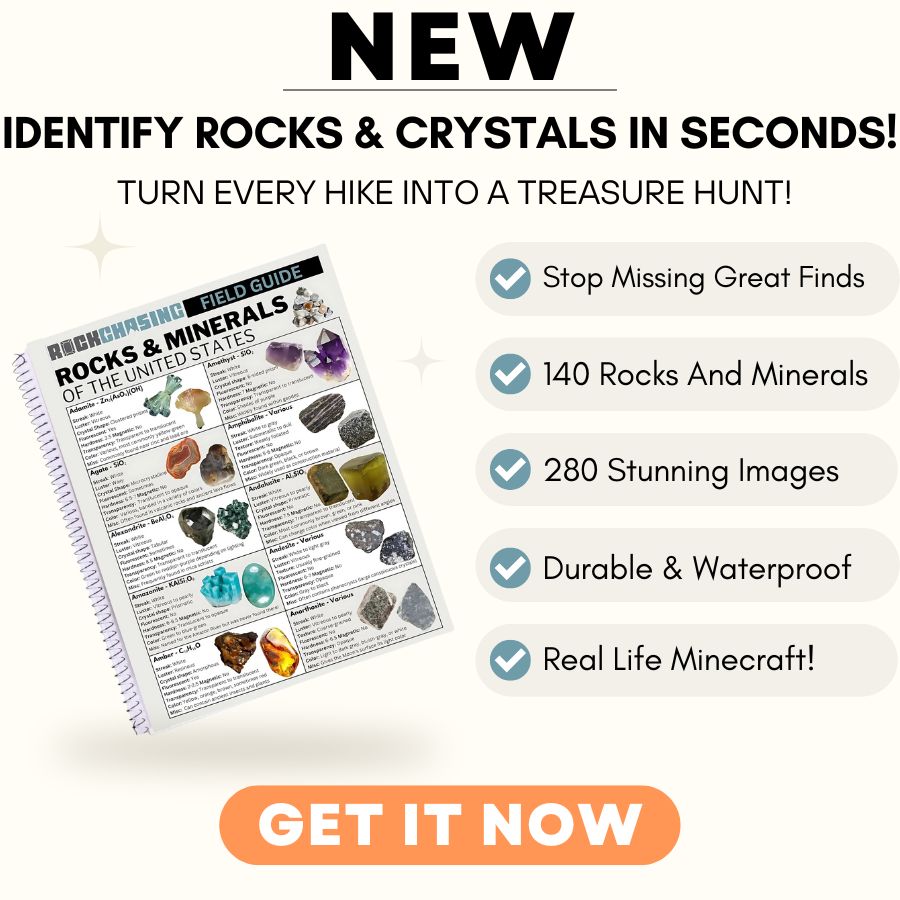California is full of beautiful places to find aquamarine, whether you’re an experienced gem hunter or just starting out. From well-known spots like the Sierra Nevada Mountains to hidden treasures like the Pala Mining District, there are plenty of opportunities to uncover this dazzling blue gem.
For those ready to explore, the San Bernardino Mountains and Big Bear Lake area are great places to start. Lesser-known spots like the Crestmore Quarry also offer the chance to strike lucky, making California a top destination for aquamarine hunting!
How Aquamarine Forms Here
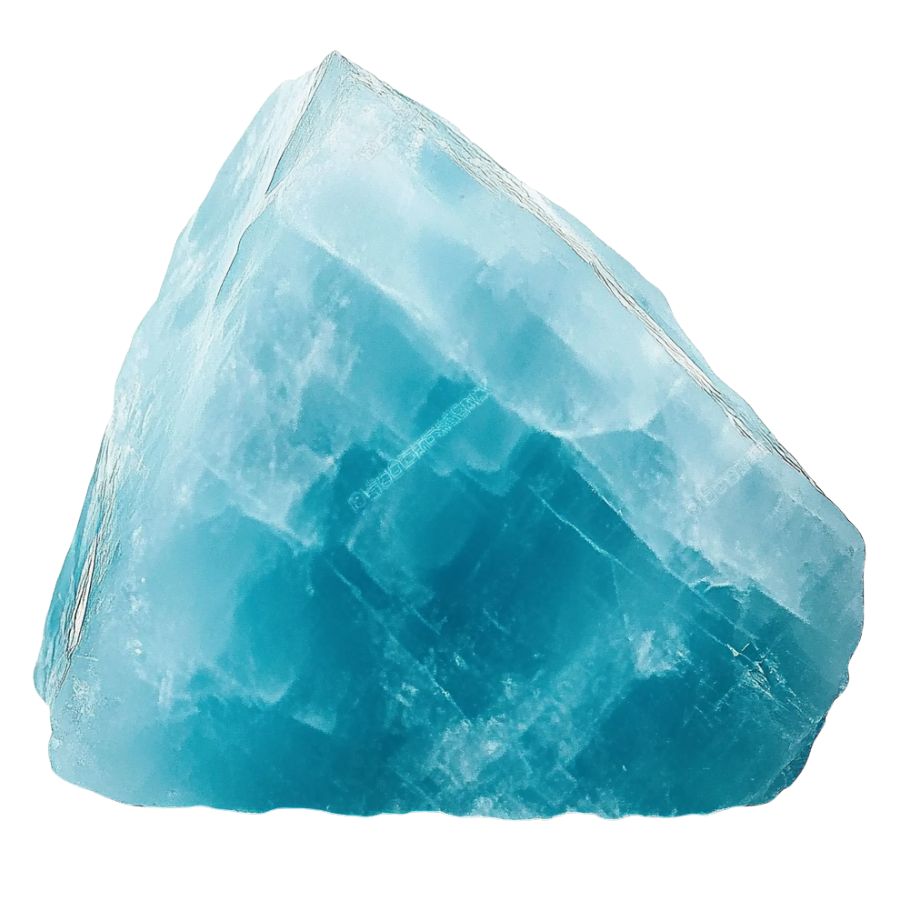
Aquamarine forms deep underground when hot fluids rich in beryllium and aluminum mix with slowly cooling magma. These minerals crystallize in hexagonal shapes as the magma cools.
The stone gets its signature blue color when tiny amounts of iron sneak into the crystal structure during formation.
The best crystals grow in pockets called pegmatites, where they have lots of room to develop. And the process takes millions of years!
The clearer and bluer the stone, the more perfect the conditions were during its formation. These gems can grow quite large, sometimes reaching several inches in length.
Types of Aquamarine
Aquamarine comes in several varieties, each with unique characteristics and value. From the prized deep blue stones to the more common lighter varieties, here’s what you need to know about different types of aquamarine.
Brazilian Aquamarine
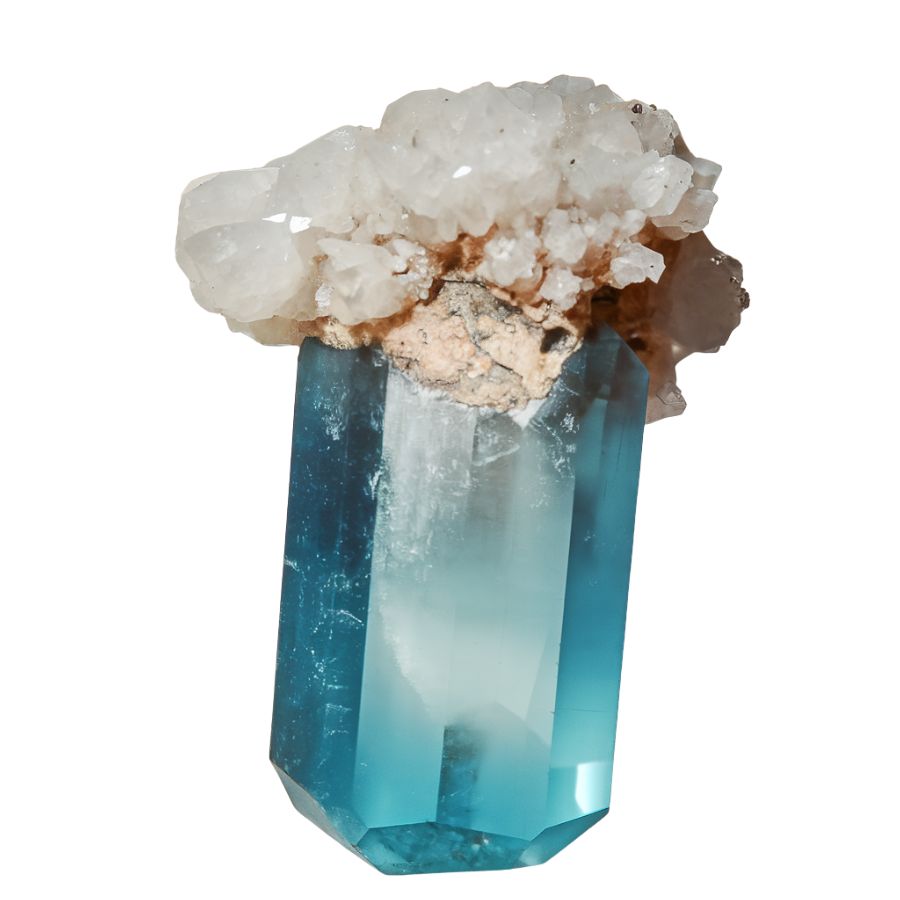
Brazilian aquamarine shows off stunning blue to greenish-blue colors that can range from subtle pastels to rich, deep shades. The stones are remarkably clear, with few or no visible flaws inside.
These stones often form in large, clean crystals that allow cutters to create impressive gems of substantial size. The clarity of Brazilian specimens is particularly noteworthy, as they typically contain fewer inclusions than aquamarines from other sources.
The colors in Brazilian aquamarine remain stable and don’t fade when exposed to light. This stability makes them especially valuable for collectors and enthusiasts.
The finest Brazilian specimens often display a pure, saturated blue color without any hints of green. These gems can achieve exceptional brilliance due to their excellent transparency and optimal cutting, making them stand out in any collection.
Moss Aquamarine
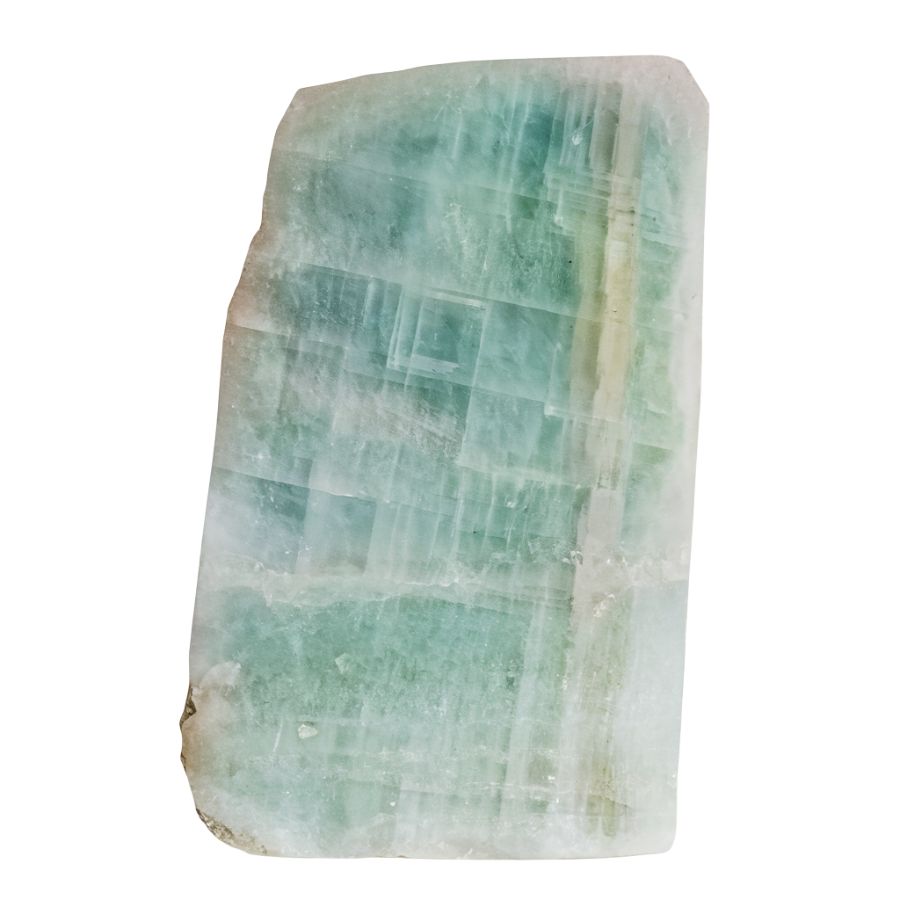
Moss aquamarine features an intriguing network of green, thread-like inclusions that create patterns resembling moss or ferns frozen in ice. These natural formations give each stone a unique character, with no two pieces looking exactly alike.
The base color ranges from pale blue to greenish-blue, but the defining feature is the presence of iron-rich inclusions that create a moss-like appearance.
Unlike clear aquamarines, moss aquamarine’s beauty lies in its internal landscape. The inclusions catch light in interesting ways, creating depth and dimension within the stone.
Some specimens show concentrated areas of moss-like patterns, while others display more scattered formations.
Milky Aquamarine
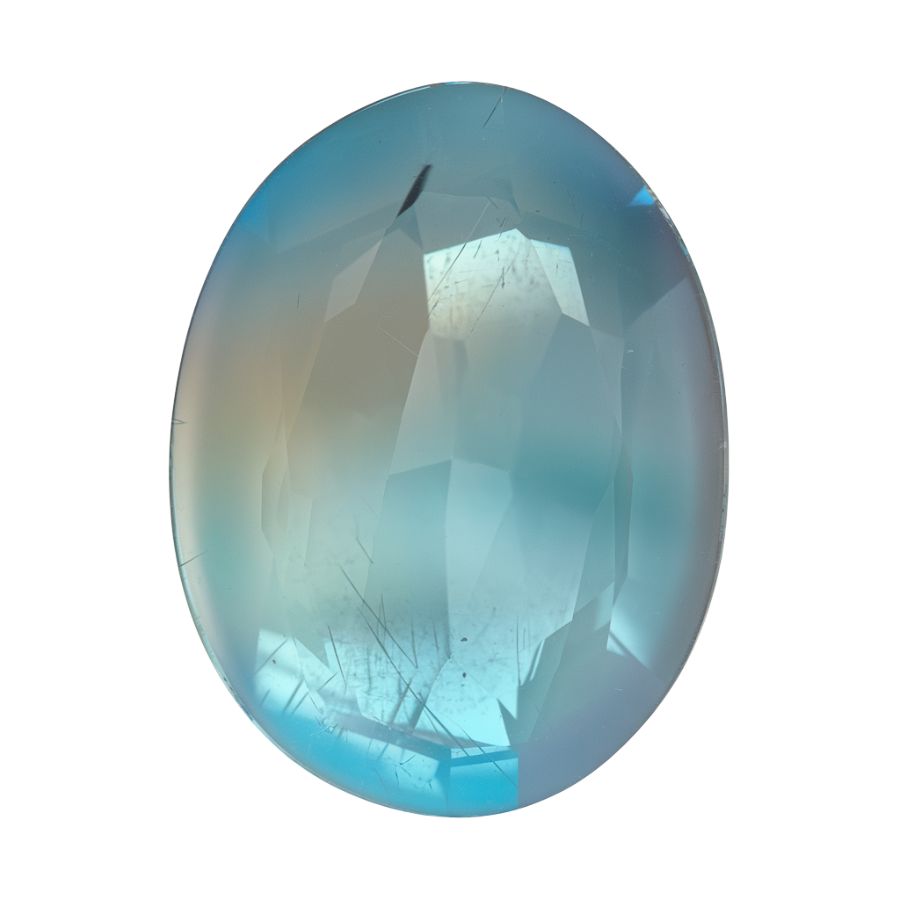
Milky aquamarine displays a dreamy, cloud-like appearance with a soft, diffused blue color. The stone’s translucent quality creates a gentle glow that seems to come from within, rather than the sharp sparkle of clear varieties.
The color can range from almost white to pale blue, with some specimens showing gentle color zoning.
These stones often have a smooth, satin-like appearance when polished, enhancing their ethereal quality. Some pieces show subtle bands or waves of color within the milky background.
When cut as cabochons, milky aquamarine displays a gentle, rolling shimmer that moves across the surface as the stone is turned. The subtle play of light through the stone’s cloudy interior creates an effect similar to moonlight on water.
Santa Maria Aquamarine
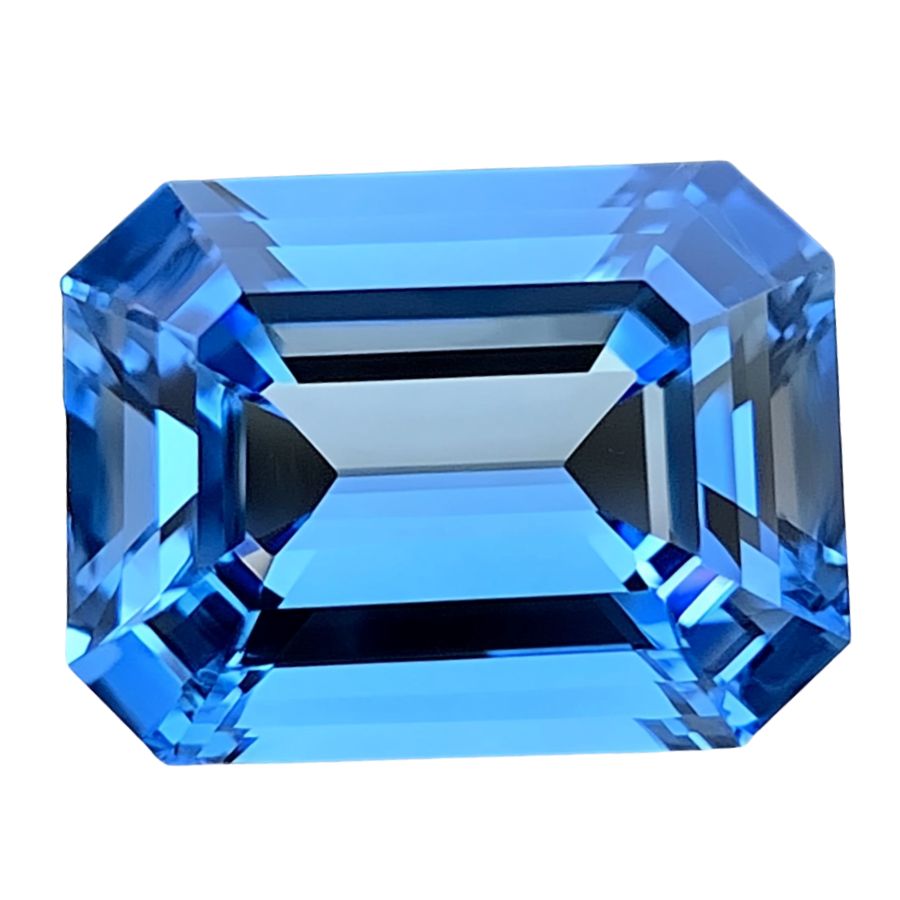
Santa Maria Aquamarine stands out for its deeply saturated blue color. The color is so intense and pure that it has become the standard for top-quality blue in aquamarines.
They possess a vitreous (glass-like) lustre and high transparency, making them visually appealing and desirable for jewelry
An interesting feature of Santa Maria Aquamarine is its color-changing ability. When viewed from different angles, it can appear colorless from one direction and deeply blue from another. This effect, called dichroism, makes each stone fascinating to observe.
Some famous Santa Maria Aquamarines include the “Martha Rocha” aquamarine, celebrated for its stunning blue hue and clarity, which gained attention in the 1950s.
Bauchi Aquamarine

Bauchi Aquamarine shows a distinctive soft ice-blue color that looks gentle and soothing. The color reminds many people of a winter sky or frozen lake.
One of the unique aspects of Bauchi Aquamarine is its hexagonal crystal structure. The crystals can grow quite large, sometimes exceeding a foot in length, which is impressive compared to many other gemstones.
Additionally, while most aquamarines are known for their pale blue to light green colors, Bauchi Aquamarine maintains a consistent soft blue tone that appeals to collectors looking for specific color attributes.
Furthermore, the increasing recognition of African aquamarines in the global market has contributed to the popularity of Bauchi Aquamarine as a collectible stone.
Cat’s Eye Aquamarine

Cat’s Eye Aquamarine shows a remarkable visual effect – a bright line of light that moves across the surface like a cat’s eye. This effect comes from tiny parallel tubes inside the crystal that reflect light in a concentrated band.
The color of Cat’s Eye Aquamarine typically ranges from blue to greenish-blue, reminiscent of ocean waters.
The stone’s most fascinating feature is how the light band moves when you rotate the stone. This movement creates a dynamic, living quality. The sharper and more defined this light band is, the more valued the stone becomes.
The best specimens show a perfectly straight, bright line against a smooth, silky background. The effect is most dramatic when the stone is cut as a smooth dome shape.
São Domingos Aquamarine
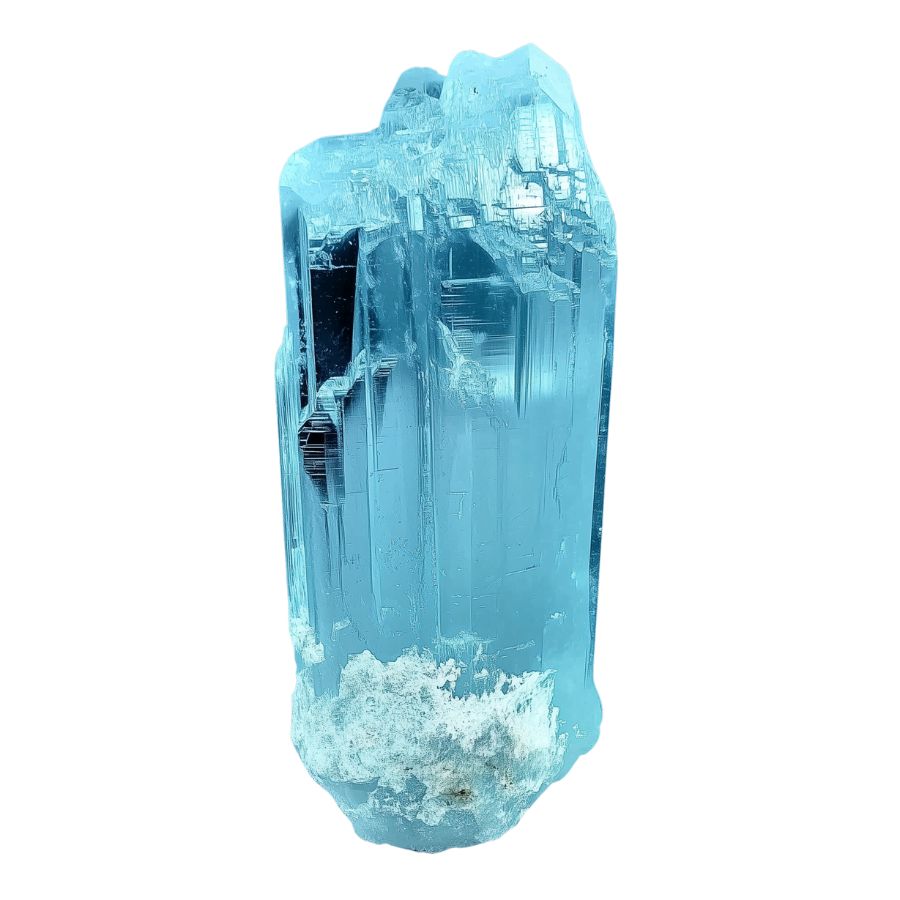
São Domingos Aquamarine shows a gentle pastel blue color that’s soft and soothing to the eye. The color has a delicate quality that makes it perfect for people who prefer subtle beauty.
Its pastel shade allows for versatile use in various designs, appealing to both traditional and modern tastes in gemstone jewelry.
The stone maintains its pastel shade consistently throughout the crystal. This even distribution of color is special because many other aquamarines can show patches or zones of different color intensities.
One unique aspect of the São Domingos Aquamarine is its origin story; it was discovered by chance on a cattle farm, giving it a distinct narrative compared to other aquamarines that are often associated with specific mining locations or historical significance
Tatu Aquamarine
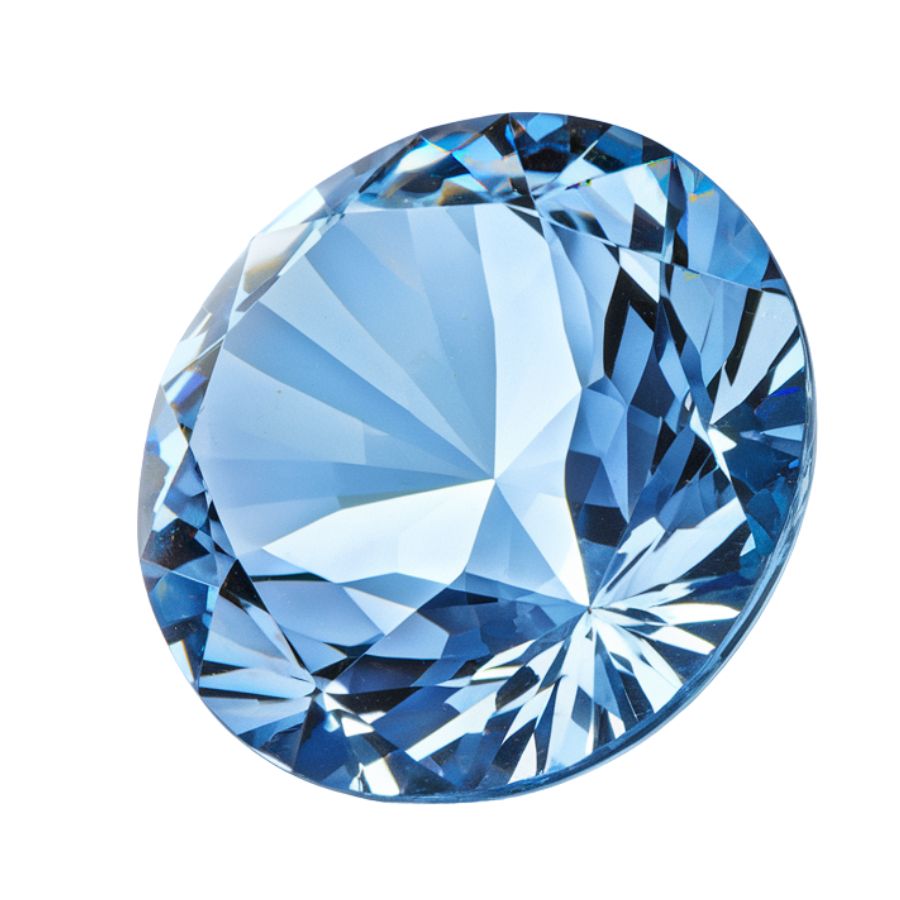
Tatu Aquamarine shows a pure, sea-blue color. The purity of color makes it special. These stones often grow into large, perfectly formed crystals. The six-sided shape is clear and well-defined, even in natural pieces. This regular crystal growth leads to stones with excellent clarity and shine.
A notable feature of Tatu Aquamarine is how clean it looks inside. Most pieces have very few internal marks or inclusions. This clarity lets light travel through the stone smoothly, creating beautiful sparkles and flashes.
The stone’s natural blue color doesn’t need any treatment to look good. It comes out of the ground with its beautiful color ready to show. This natural beauty makes each piece special and valuable to collectors who appreciate untreated stones.
What Rough Aquamarine Look Like?
Aquamarine in its natural form can be tricky to identify, but once you know what to look for, it’s pretty distinctive. Here’s how you can spot rough aquamarine:
Look for the Distinct Blue-Green Color
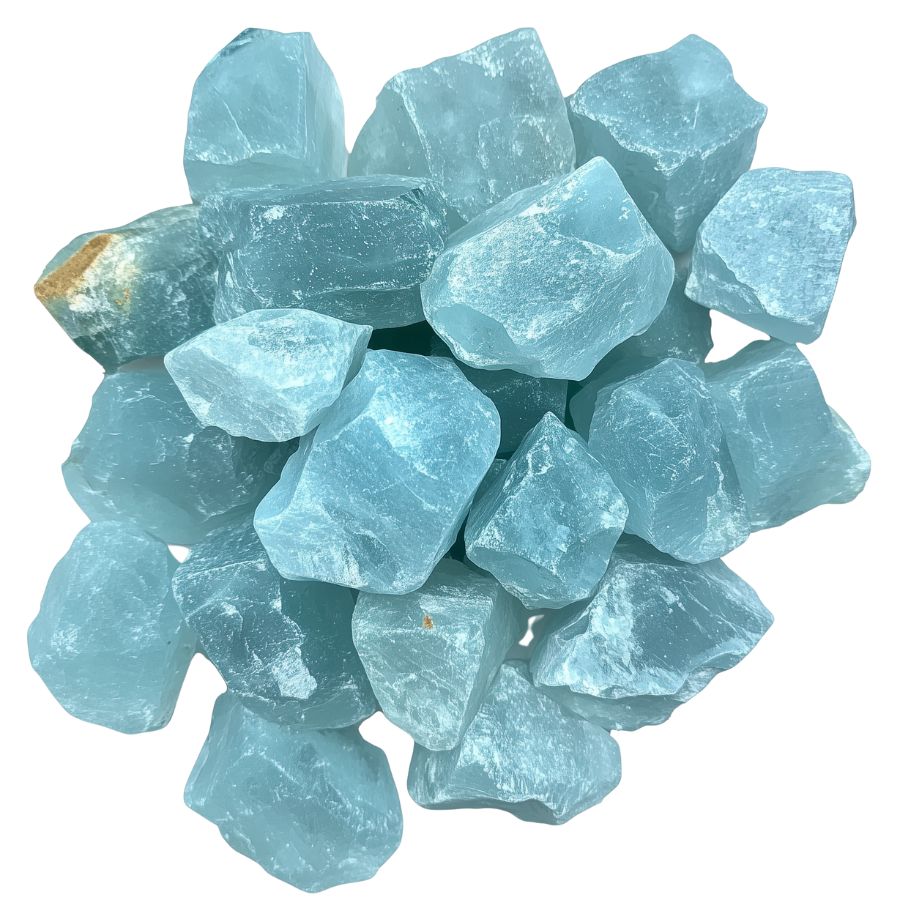
Raw aquamarine typically shows a pale blue to blue-green color, like seawater. You’ll notice it’s not as intense as blue topaz. The color might appear unevenly distributed or zoned within the crystal.
Here’s a pro tip: hold it up to natural light – genuine aquamarine often shows stronger color from certain angles. If it’s too dark or too perfect, it might be glass or another mineral.
Check for Hexagonal Crystal Structure
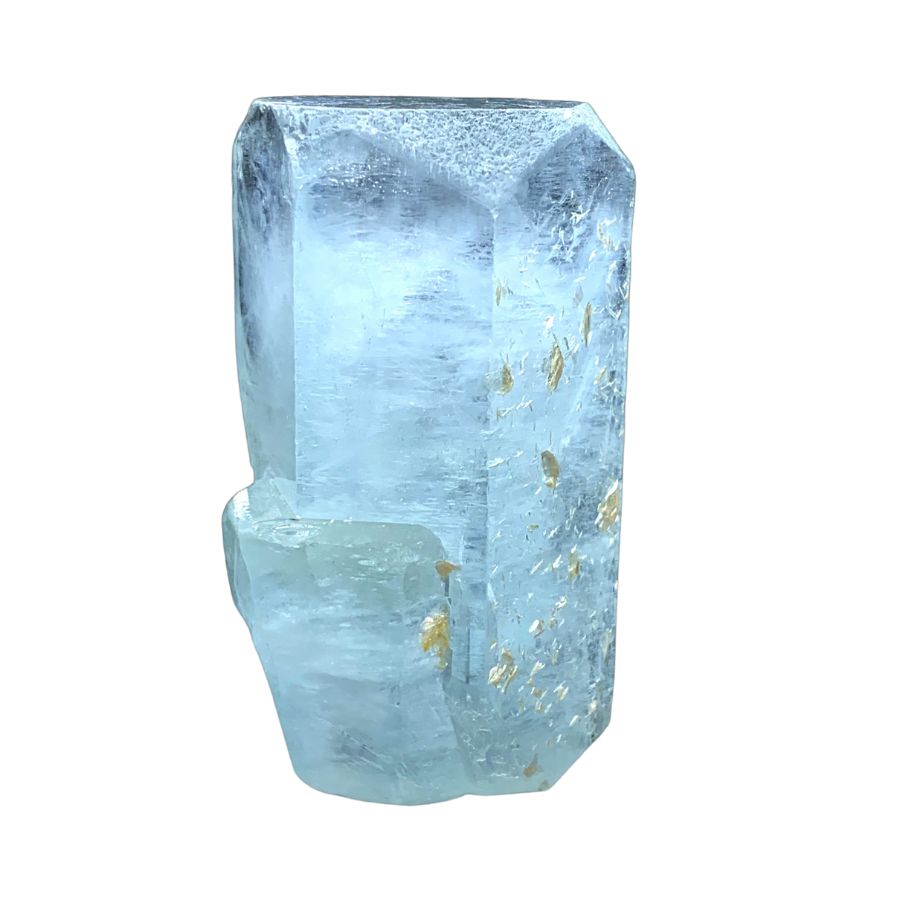
Natural aquamarine forms in six-sided (hexagonal) crystals. Even in rough form, you can spot these geometric patterns. Sometimes they’re perfect columns, but often they’re broken or abraded.
Run your finger along the sides – you should feel subtle ridges where the crystal faces meet. Fake stones rarely show this distinctive crystal habit.
Examine Surface Texture and Transparency
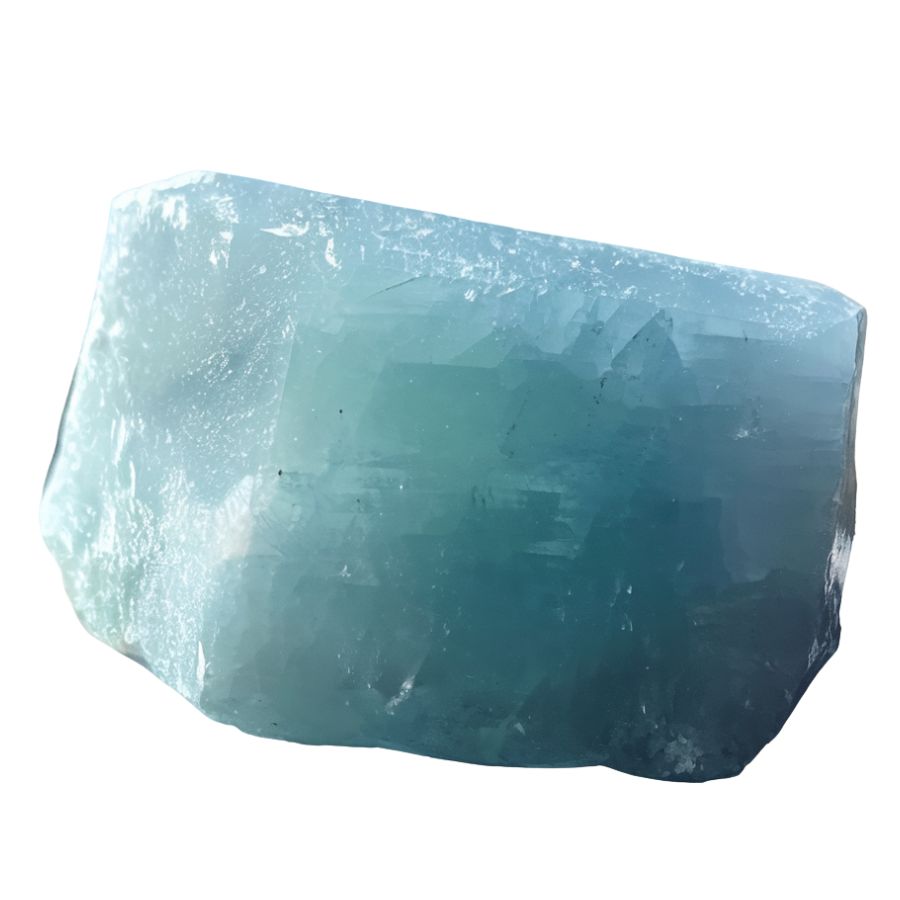
Raw aquamarine has a specific vitreous (glass-like) luster, but it’s not as shiny as glass. Look for small natural etchings on the surface – they look like tiny triangular impressions.
Most pieces are translucent to transparent, letting some light through. If it’s completely opaque or too perfectly clear, be suspicious.
Test for Pleochroism and Inclusions
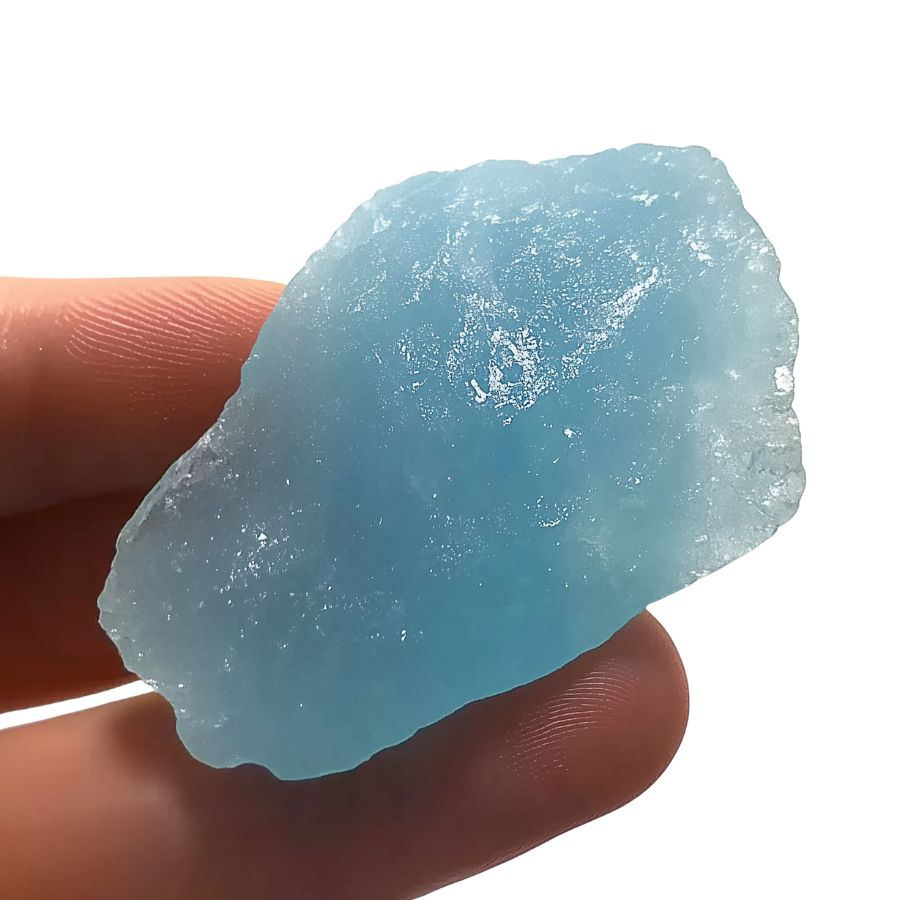
Hold the stone up and rotate it slowly. Genuine aquamarine shows different shades of blue when viewed from different angles (pleochroism).
Through a loupe or magnifying glass, look for tube-like or parallel needle inclusions – these are telltale signs of natural aquamarine. Also, small liquid bubbles are common and good indicators of authenticity.
A Quick Request About Collecting
Always Confirm Access and Collection Rules!
Before heading out to any of the locations on our list you need to confirm access requirements and collection rules for both public and private locations directly with the location. We haven’t personally verified every location and the access requirements and collection rules often change without notice.
Many of the locations we mention will not allow collecting but are still great places for those who love to find beautiful rocks and minerals in the wild without keeping them. We also can’t guarantee you will find anything in these locations since they are constantly changing.
Always get updated information directly from the source ahead of time to ensure responsible rockhounding. If you want even more current options it’s always a good idea to contact local rock and mineral clubs and groups
Tips on Where to Look
Aquamarine can be found in various accessible locations if you know where to look. Below-mentioned practical tips will help you locate areas where aquamarine naturally occurs.
Stream Beds and Rivers
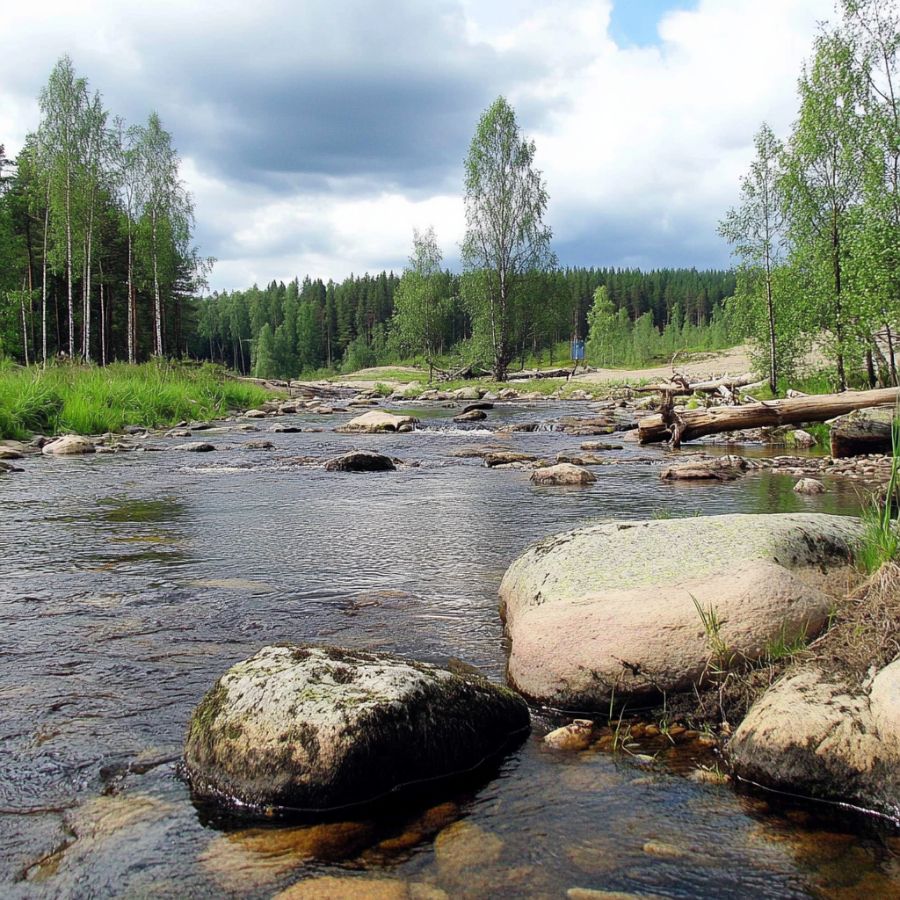
Look for places where water flows over rocks regularly. Aquamarine often breaks from its host rock and gets carried downstream. Check gravel bars and sandy areas where water slows down.
The best spots are just after a bend in the river where heavy minerals get trapped. Use a sieve or pan to sort through sediments. Pro tip: search after heavy rains when new material gets washed down.
Pegmatite Outcrops
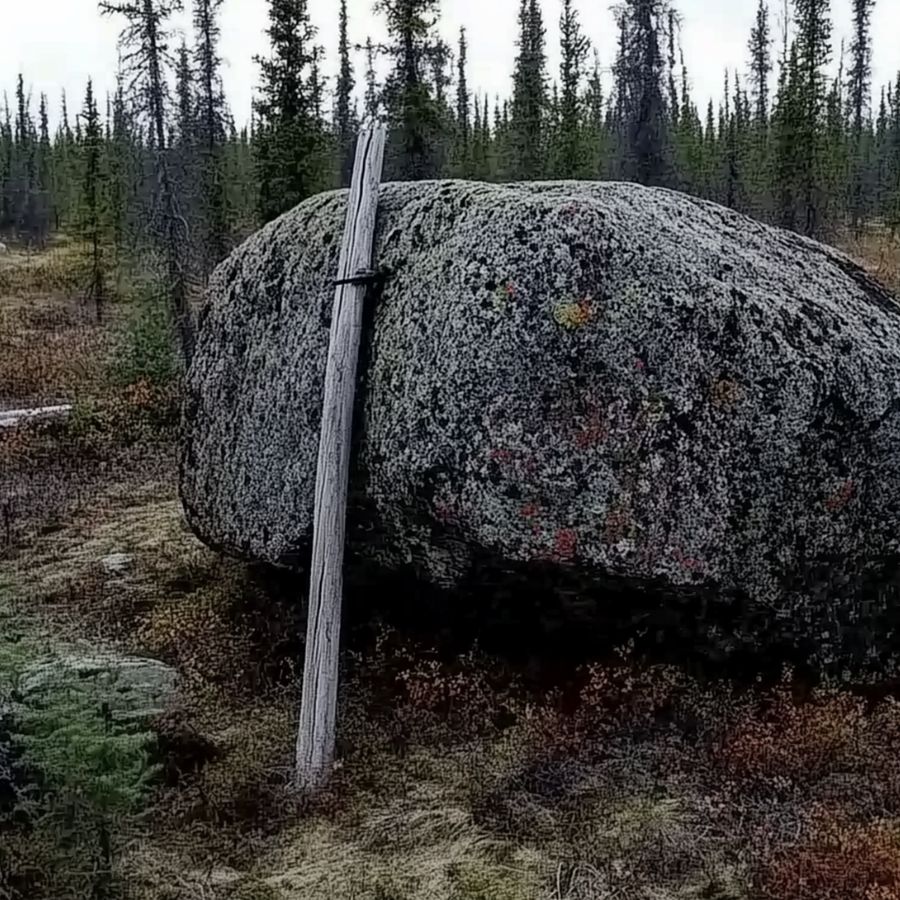
Pegmatites are coarse-grained rocks that often contain large crystals of various minerals, including aquamarine, which typically forms in these igneous rock formations when mineral-rich fluids cool slowly deep within the Earth, allowing beautiful hexagonal crystals to develop over time.
Look for white or pink rocks with large crystals – that’s pegmatite. Check weathered surfaces and cracks. Aquamarine crystals often stick out from eroded areas.
Old Mining Areas
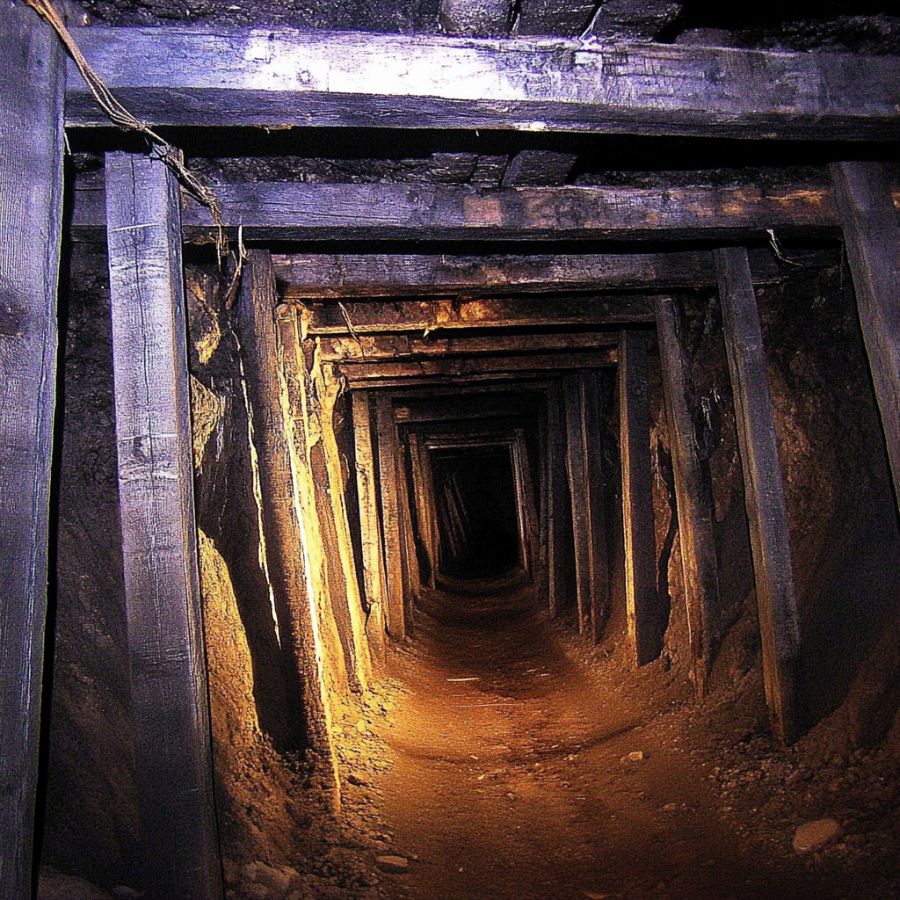
Hit up abandoned mica or feldspar mines. Check mine dumps and tailings piles. Lots of overlooked gems there. Bring a UV light – aquamarine sometimes fluoresces. Look for hexagonal crystals with glassy luster.
Tools needed: rock hammer, safety glasses, small shovel. Mine owners sometimes allow collecting for a fee.
Mountain Slopes
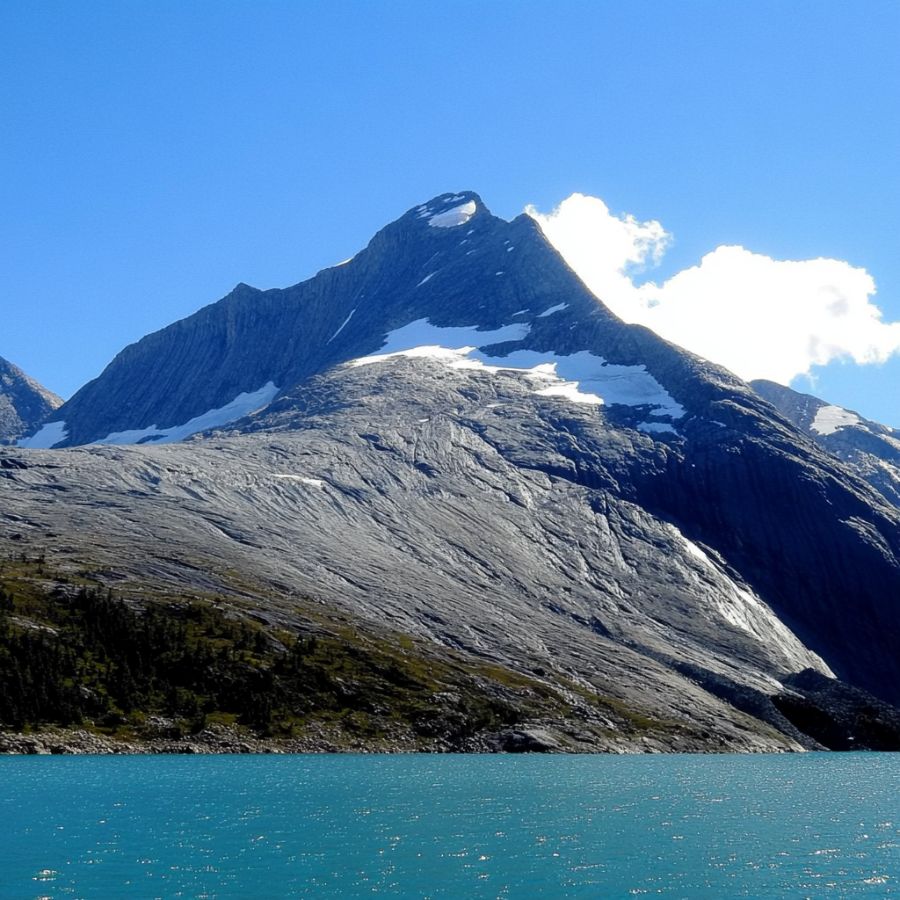
Focus on granite areas. Check scree slopes (loose rock piles). Look after rain. Stones are more visible when wet. Scan for pale blue or greenish crystals.
The best time is spring after snow melt exposes new material. Important Note: avoid steep slopes, stick to accessible areas.
Some Great Places To Start
Here are some of the better places in the state to start looking for Aquamarine:
Always Confirm Access and Collection Rules!
Before heading out to any of the locations on our list you need to confirm access requirements and collection rules for both public and private locations directly with the location. We haven’t personally verified every location and the access requirements and collection rules often change without notice.
Many of the locations we mention will not allow collecting but are still great places for those who love to find beautiful rocks and minerals in the wild without keeping them. We also can’t guarantee you will find anything in these locations since they are constantly changing.
Always get updated information directly from the source ahead of time to ensure responsible rockhounding. If you want even more current options it’s always a good idea to contact local rock and mineral clubs and groups
Haystack Mountain

This peak near Palm Desert stands out with its rugged slopes and steep trails that challenge hikers. The exposed rock formations and dry washes hold potential for minerals that formed under high-pressure conditions deep underground.
Pegmatite veins are known to contain crystals, and the region’s rocky terrain may have some hidden beneath the surface. The harsh desert climate has eroded parts of the mountain over time, possibly exposing minerals once buried deeper.
With so much exposed rock and boulder-strewn paths, it’s possible that signs of aquamarine could be present. Searching through crevices and less-traveled areas could reveal something unexpected.
New York Butte

New York Butte rises high above the Owens Valley, offering a remote and rocky landscape. The steep terrain and exposed cliffs have been shaped by erosion, uncovering layers of rock that have been buried for ages.
The surrounding region has produced different types of gemstones, making the area interesting for those who enjoy mineral hunting. With its rugged slopes and deep crevices, this peak could hold veins of minerals within its harder-to-reach areas.
The Inyo Mountains have a history of mineral discoveries, so it wouldn’t be surprising if crystals are hidden in the rock.
Box Springs Mountains

Box Springs Mountains in Riverside County are known for their steep trails and rocky outcrops. Large boulders and dry washes cut through the landscape, exposing different types of rock formations.
Some parts of Riverside County have produced gemstones, which suggests that similar formations could exist in these mountains. If aquamarine is present, it might be found in areas where erosion has gradually revealed underlying mineral deposits.
With so many rugged ridges and hidden corners, the possibility of finding something interesting remains. The right combination of rock types and geological conditions could have created the right environment for crystals to form.
Aguanga Mountain

Aguanga Mountain sits in an area known for past mining activity, with some locations nearby producing aquamarine. The rugged landscape features exposed rock and mineral-rich deposits that could contain interesting finds.
Mining operations in the region have uncovered different types of gemstones, which means the mountain itself could hold similar surprises. If aquamarine is present, it could be hidden within pegmatite veins or eroded into small fragments.
The terrain’s mix of hard rock and weathered areas creates a variety of places to check. Certain spots may reveal traces of minerals that have been forming underground for millions of years.
Little Cahuilla Mountain
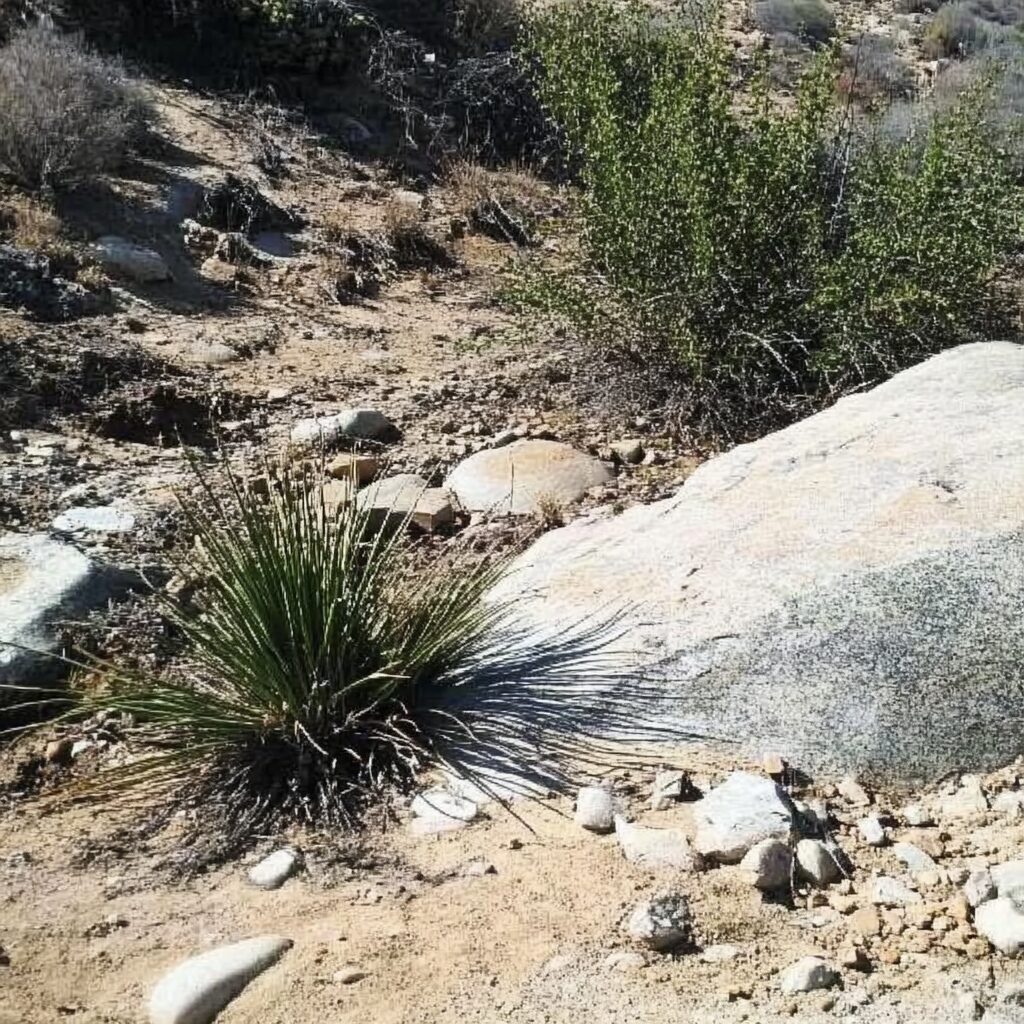
Little Cahuilla Mountain is part of the Cahuilla Mountain Wilderness, a rugged and undeveloped area. Steep trails lead through forests and rocky terrain, creating an interesting mix of geological features.
Some locations in Southern California have produced aquamarine, so this area could have potential as well. If it exists here, it might be found in pegmatite formations or broken down into smaller pieces along the slopes.
The mountain’s remote setting means much of its rock remains unexplored. With the right conditions, certain parts of the landscape could hold signs of hidden minerals.
Places Aquamarine has been found by County
After discussing the top picks, we wanted to discuss the other places. Below is a list of the additional locations along with a breakdown of each place by county.
| County | Location |
| Glenn | Stony Creek |
| Inyo | Alabama Hills |
| Kern | Randsburg |
| Lassen | Little Last Chance Canyon |
| Madera | North Fork of the American River |
| Mariposa | Bear Valley |
| Mendocino | Black Butte |
| Merced | Bear Creek |
| Modoc | Tule Lake |
| Mono | Mono Basin |
| Nevada | Grass Valley |
| Placer | Iowa Hill |
| Riverside | Palm Springs |
| Sacramento | Folsom |
| San Bernardino | Cleghorn Ridge |
| San Diego | Mesa Grande |
| San Diego | Beebe Hole Mine, Tule Mountain |
| San Diego | Crystal Gem Mine |
| San Diego | Pack Rat Mine |
| San Diego | Green Ledge Mine |
| San Diego | Himalaya Mine |
| San Diego | Esmeralda Mine |
| San Diego | Oceanview Mine |
| San Diego | Hiriart Mountain |
| San Diego | Goddess Mine |
| San Diego | Ramona Mining District |
| San Diego | Little Three Mine |
| San Diego | Lookout Mine |
| San Diego | Mack Mine |
| San Diego | Victor Mine |
| San Joaquin | Copperopolis |
| Shasta | Montgomery Creek |
| Sierra | Downieville |
| Sonoma | Geyserville |
| Tehama | Red Bluff |
| Trinity | Coffee Creek |
| Tulare | Pine Flat Reservoir |
| Tuolumne | Columbia |
| Ventura | Ojai |
| Yuba | Oregon Creek |
| Alpine | Banner Peak |
| Del Norte | Smith River |
| Klamath | Iron Gate Reservoir |
| Mariposa | Mount Bullion |
| Mendocino | Mendocino Coast |
| Santa Barbara | Lompoc |
| Siskiyou | Happy Camp |
| Lake | Clear Lake |
| Humboldt | Eel River Basin |
| Plumas | Lakes Basin |
| San Mateo | Pescadero Creek |
| Santa Cruz | Santa Cruz Mountains |
| Lassen | Mount Lassen |
| Kern | Tehachapi Mountains |
| Sierra | Sierra Valley |


